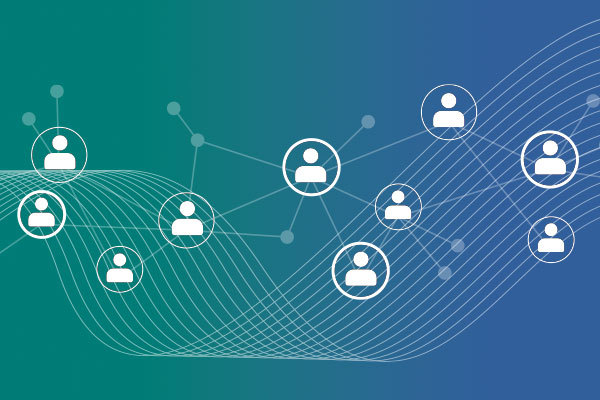What Will AI Look Like in 10 Years?
By Lee Rehwinkel
Jan 21, 2021
Table of Contents
Looking forward ten years, while tough to predict with absolute accuracy, one thing is true: B2B sales reps want selling to be easier,faster,and less manual. On the flip side, customers want the simplicity, speed, and ease ofdoing business thatthey havegrown accustomed to in the consumer world.
For thosereasons,I predict thatforB2B companies such as manufacturers, distributors, and servicescompanies,in ten years AI willdramatically changehow business is conducted with less process friction, more data literacy andgreaterbusiness resiliency.
Today, there is a tremendous amount of process friction. That friction happens in the back office, as pricing teams, product managers, sales operations, marketing managers and more spend countless hours generating reports pointing sales reps to the opportunities they should pursue as well as the right price across channels. Sales reps must then toil away, analyzing reports, entering lines of RFPs into systems,typing loads of information into CRM systems. Customers feel this friction as well when pricing exception requests and negotiations take days, if not weeks, to turn around. On eCommerce,customersdon’t commonly seeprices, products and promotions that reflect their unique relationships with the company and must resort to back to traditional channels.
Less Process Friction
In ten years, this status quo will be completely transformed, with companies automating these rote activities, resulting in significantly less process friction.We willsee companies using AI, machine learning, and advanced API capabilities to automate negotiations between customers and digital channels. Sales reps will utilize chat to interact with various systems like mobile appsand CRM; they’ll be able to engage with these systems in a casual conversation to both input information and retrieve it. For example, calling up the specific products they should sell and at which price, from customer to customer. Imagine a sales rep simply speaking into their smart phone, “I am about to walk intoXYZ customer, tell me the latest information on this account.” In ten years, AI will be advanced enough to respond, for example, with the top three things to knowabout the accountand suggest additional items this specific customer is likely to buy.
From an eCommerce perspective,it isclear today that in ten years, most business will be conducted through digital interactions. Not only becauseof the disruption from players like Amazon or other born-in-the-cloud players, but also as both employees and customers shift to becomprised of the Millennialand GenZ generations.This shift will be an additional tipping point for B2B companies, traditionallylate technology adopters, to embrace AI and accelerate the urgency for digital transformation. As they increasingly reimagine the traditional processes, systems, and means to generate intelligence, these companies will be able tobettercompete with some of the new playerson the scene who’ve been eating their proverbial lunches in the past decade.
More Data Literacy
As the practical, pragmatic adoption of AI in business grows, ten years from now, roles thatare notAI- or data science-specific will have a significant increase in data literacy.We’ll see call center reps calling uponthe output from AI models to retrieveproduct and pricing guidance, marketingand productmanagersinteracting with AIguidance in sophisticated management applicationsto create promotionsandquicklydisseminatethem tosales reps and eCommerce.We willsee executives utilizing AI to predict the outcomes of their strategy toadjustfor the most optimal outcomesbefore deploying.These roles, while traditionally non-scientific, will be interacting with data to get answers to their questions quicker than ever before. Today, there’s a vast world of data, but in ten years, we’ll see an evolution indata literacy andhow people access that data, interact with it, andretrieveanswers that help them do their jobs more efficientlyand profitablythaneverbefore.
Business Resiliency
Finally, in ten years,reduced process friction to smooth the selling process, a greater embrace ofAI techniques likeprice optimization, and a seamless process for customers to buy the products they want,will result in an overall win for the B2B market.The sum of this AI evolution is that it will be an overall win for the marketplace, with manufacturers,distributors,and services companiesmore resilient to the disruption from outside forces.
Interested in discussing further? Connect with me onLinkedInor reach out to aZilliant team member here.



